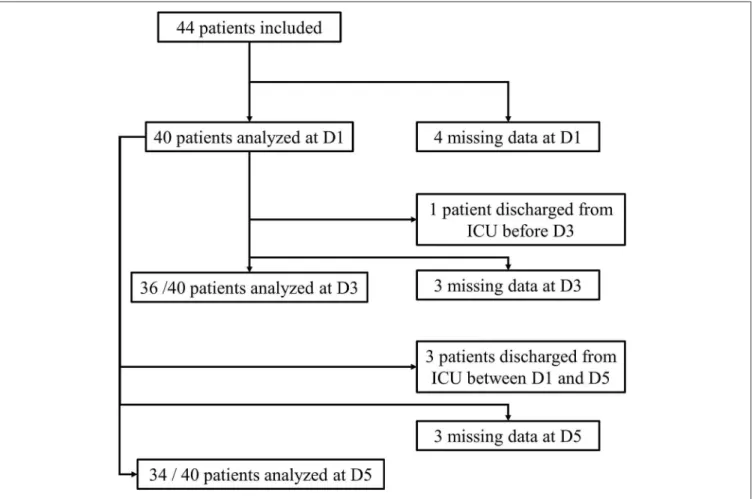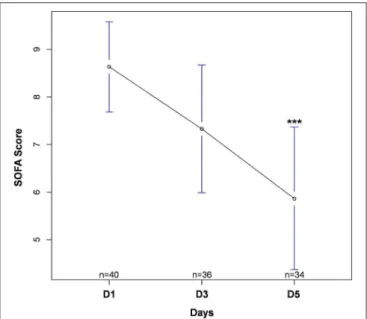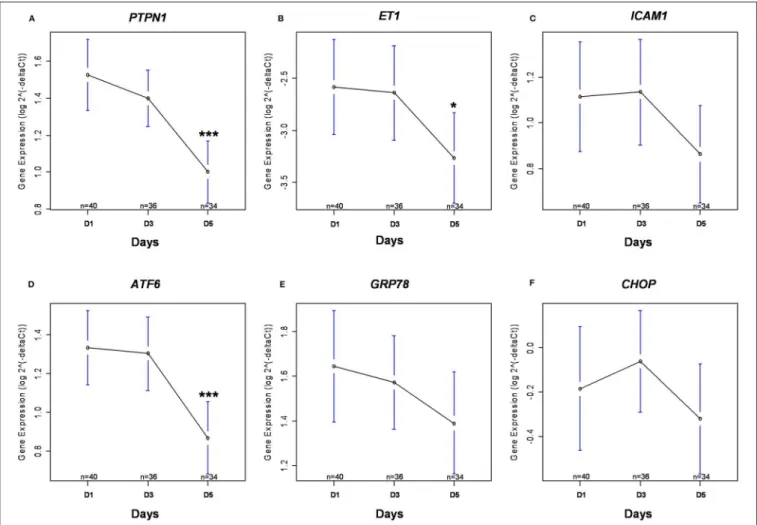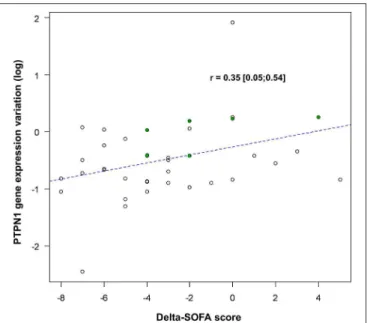Gene Expression of Protein Tyrosine Phosphatase 1B and Endoplasmic Reticulum Stress During Septic Shock
Texte intégral
Figure




Documents relatifs
Des pratiques efficaces pour amener les élèves à rédiger.. Dossier de synthèse de la conférence de consensus Ecrire et rédiger –
An increase in daily patient arrivals resulted in the largest improvement in inventory levels for the warehouse and site, but had an extremely negative impact on
L’objectif a été presque atteint, à savoir permettre à près de 1000 jeunes diplômés de l’UCL de pouvoir poursuivre leur formation et leur spécialisation en médecine
une solution possible avec de plus faibles pertes et des.. permet de réduire les pertes diélectriques dans la deuxième couche ruban .étalaiqu. Par rapport aux avantages déj à.
Abbreviations used: CMT, Charcot-Marie-Tooth; EEA1, early endo- some antigen 1; EGFR, epidermal growth factor receptor; FYVE, Fab1p, YOTB, Vac1p and EEA1 domain; GAPDH,
Two equations are also required for a free film in the unidirectional- flow case, as pointed out by Erneux and Davis [5], because the leading order boundary conditions are
the dearth of examples for the racemic and asymmetric conjugate addition of nucleophiles with fluoroacrylates, herein we report the Sulfa- Michael Addition (SMA) 4c,12 of
� Les SOC apparaissent après quelques années d’évolution des psychoses (par contre, les patients à TOC ont un faible risque (1,7 %) de développer des troubles psychotiques, De

